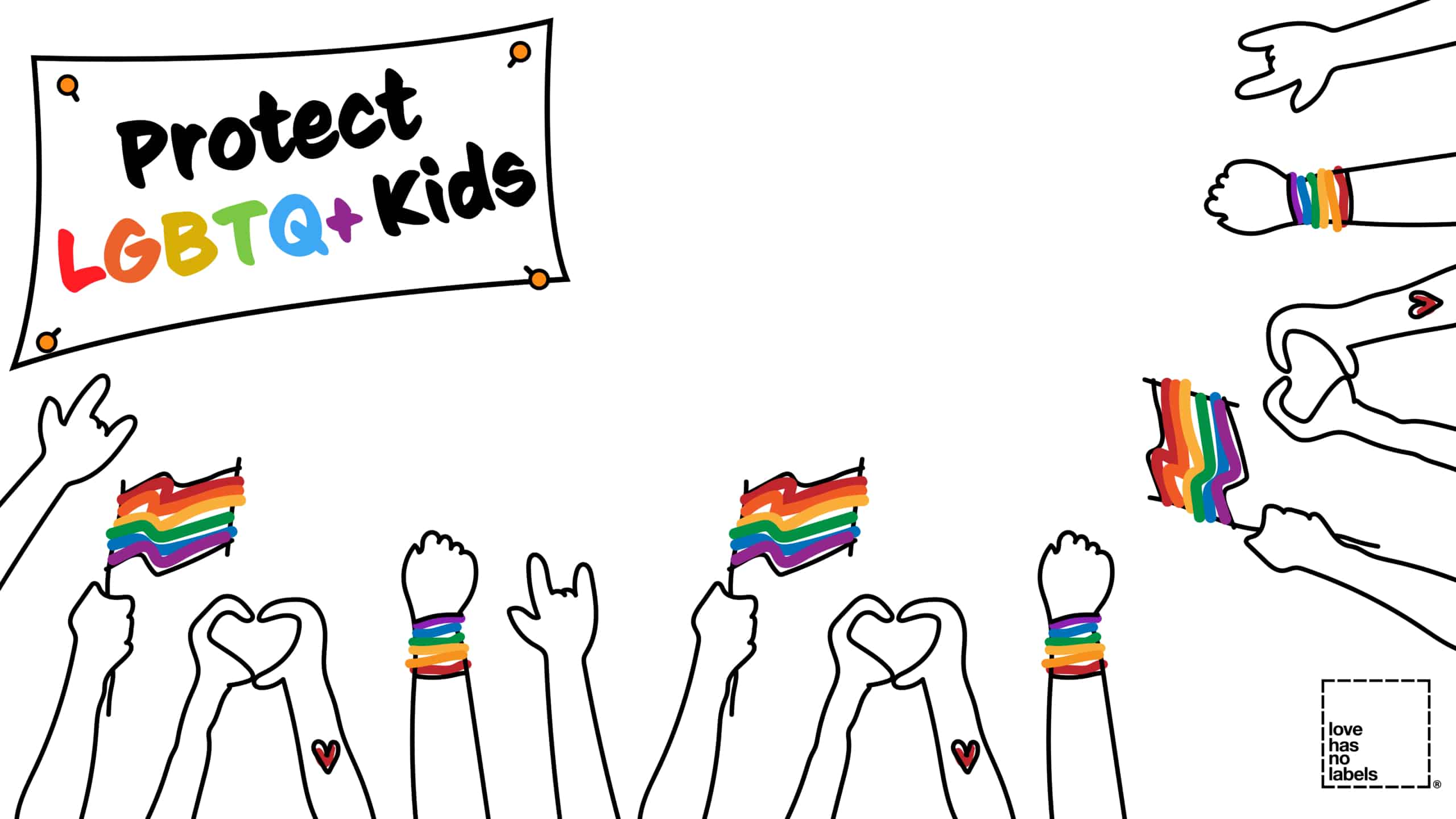A Call to Action: Protecting Our Children from Hate Crimes Under Title IX
On Feb. 7, Nex Benedict was involved in a fight at Owasso Public High School in Oklahoma. The 16-year-old, who identified as nonbinary, was rushed to a hospital a day later and died.
This tragedy is just the latest example of the escalation of bullying and hate crimes happening within school house walls. According to an FBI report released last month, about 1,300 hate crimes were reported in elementary schools, secondary schools and colleges in 2022, up from 700 in 2018 — an increase of about 90 percent.
We must protect all children inside of the school house. And we must never forget what Title IX requires of our schools and the protections it is meant to afford our children.
Title IX: A Brief History
Title IX is a federal law that prohibits discrimination on the basis of sex in any federally funded education program or activity. This includes protection from sexual harassment, assault, and other forms of sex-based discrimination. When a school fails to comply with Title IX by not adequately responding to complaints of sex discrimination or by creating a hostile environment, affected students or their guardians have the right to seek legal recourse.
In the landscape of public education, Title IX was established as a beacon of hope, a federal civil rights law passed as part of the Education Amendments of 1972, aimed at eliminating sex-based discrimination in schools and educational institutions. Its promise was to ensure a safe, inclusive, and equitable environment for every student, regardless of their sex, including protection from sexual harassment and violence. Yet, despite these noble intentions, recent events have starkly illuminated the harrowing reality that our schools are failing to protect students from the most heinous forms of discrimination and violence: hate crimes.
The very essence of Title IX is rooted in the principle of providing an equal educational opportunity for all. However, when a child is injured or, most tragically, killed as a result of a hate crime within the walls of what should be a sanctuary of learning, it becomes glaringly evident that our system is profoundly flawed. Such incidents are not only a violation of Title IX but an affront to our collective conscience.
.
Nex Benedict and the Rise of LGBTQ+ Hate Crimes
Hate crimes, fueled by bigotry and intolerance, target individuals based on their race, religion, sexual orientation, gender identity, or any other inherent characteristic. These vile acts of violence shake the foundation of our educational institutions and society at large. They send a chilling message of exclusion and danger to students who belong to marginalized communities, utterly contradicting the ethos of equality and safety that Title IX stands for.
The repercussions of these crimes extend far beyond the immediate physical harm inflicted. They create an atmosphere of fear and anxiety, hindering the affected students’ ability to learn and thrive. This is a direct violation of Title IX, which mandates an educational environment free from discrimination and harassment. Schools and educational institutions must be held accountable for ensuring the safety and well-being of every student, as guaranteed under this federal law.
For more information on the rising rates of hate crimes in schools across the country, check out this article: https://www.nytimes.com/2024/01/29/us/hate-crimes-schools-universities.html
Title IX Violations: Your Legal Rights and Remedies
Legal action under Title IX typically involves filing a complaint with the U.S. Department of Education’s Office for Civil 
It’s important for students and their families to understand that suing a public school or any educational institution involves specific legal considerations and procedural requirements. For instance, before filing a lawsuit, they might need to exhaust all administrative remedies available within the school or school district. Additionally, there are timelines (statutes of limitations) for filing Title IX lawsuits, which vary by state but generally require action within a certain period after the alleged discrimination occurred.
Given the complexity of Title IX cases and the nuances of federal and state laws, it’s advisable to consult with an attorney who specializes in education law or civil rights. Such an attorney can provide guidance on the feasibility of a lawsuit, help navigate the legal system, and work to ensure the student’s rights are fully protected and pursued.
Texas Education Code Violations: Your Legal Rights and Remedies
Texas state law has statutes that address discrimination and harassment in educational settings, akin to the protections offered under Title IX at the federal level. While Title IX is a federal law that prohibits sex-based discrimination in any school or any other education program that receives funding from the federal government, Texas has its own laws and regulations designed to prevent discrimination and to protect students in educational institutions.
One of the key Texas statutes related to this area is the Texas Education Code, which includes provisions for the rights and protections of students, including measures against discrimination and harassment. For instance, the Texas Education Code outlines policies that public schools must adopt to prevent and address bullying and harassment, which can encompass sex-based discrimination. These state-level protections work in tandem with federal laws like Title IX to ensure students have a safe and equitable educational environment. Texas schools are required to comply with both state and federal laws regarding discrimination and harassment. This means that educational institutions must have policies and procedures in place to handle complaints of sex-based discrimination, harassment, and violence effectively, ensuring that they meet the standards set by both Title IX and state-specific regulations.
It’s important for individuals facing discrimination or harassment to understand both the federal and state protections available to them. Consulting with an attorney who specializes in education law or civil rights can provide guidance on the most appropriate and effective avenues for seeking redress under both Title IX and Texas law.
A Call to Action: Protect ALL Kids at School
It is imperative that we address these violations of Title IX with the utmost seriousness and urgency. Schools must implement comprehensive policies and practices that not only prevent hate crimes but also ensure swift and effective responses when they occur. This includes thorough investigations, appropriate disciplinary actions against perpetrators, and robust support systems for victims.
Moreover, educational institutions must foster an environment of inclusivity and respect, where diversity is celebrated, and all students feel valued and safe. This requires ongoing education and training for students, faculty, and staff on the importance of diversity, equity, and inclusion, and the devastating impact of hate crimes.
As a society, we cannot stand idly by while our children are subjected to such barbaric acts of hatred and discrimination. It is our collective responsibility to demand action and accountability from our educational institutions, ensuring they uphold the principles of Title IX and protect every student’s right to a safe and equitable educational experience.
Let us stand together in solidarity, advocating for a future where every child can pursue their education free from fear and violence. It is only through our unwavering commitment to justice and equality that we can hope to eradicate hate crimes from our schools and build a more inclusive, compassionate world for the next generation.
The time for action is now. We must raise our voices, demand change, and ensure that no child ever again becomes a victim of a hate crime in our schools. The legacy of Title IX demands no less.
——






